Back in the early 2010s, a technology that we all thought was lost for good made its way back into the spotlight, thanks to an enthusiastic youngster named Palmer Luckey. His homemade VR headset set the world on fire, with thousands of people throwing money on him through crowdfunding – including John Romero and Valve. Everyone wanted a piece of the new headset, including Mark Zuckerberg. He didn’t play it slow – he bought the entire company. With so much money and such big names pouring into the industry, everyone expected VR to be the Next Big Thing. Countless startups emerged, using it to create many exciting projects – some of them truly interesting, innovative, and popular. But many of them disappeared without a trace… never to be heard from ever again.
Microgaming’s award-winning VR Casino
More than half a decade ago, casino game developer Microgaming scooped up pretty much every innovation award at the 2015 Global Gaming Awards. The product that instantly charmed the industry stakeholders at the time was called VR Casino, a virtual environment built around the Oculus Rift DK2 headset and the Magic Leap controller. In it, players could enjoy a game of roulette – the iconic game without which a casino can’t be called a casino – in a completely immersive environment, served by a robotic croupier. As you might expect, the product blew everyone away. The industry – and the players – were expecting it to be rolled out to every online gambling outlet from Bet-at-Home in Austria to Vwin Casino Online in Vietnam, once the Oculus headset became commercially available.
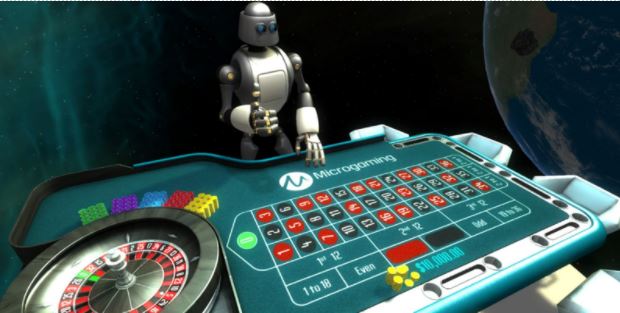
Unfortunately, the rollout never came. We’ve seen the Rift, the Rift S, the Quest, and the Quest 2 become available, along with competitors like the HTC Vive and later the Valve Index… but the VR Casino never hit the market. The reason? Nobody knows.
Project Sansar
Linden Lab was always a forward-thinking company ahead of its time. It launched Second Life, the first immersive metaverse that was released before it was cool, back in 2003. In it, players – or better said, “residents” – can create a digital avatar and use it to walk around, explore the landscapes and the buildings of the world, browse the shops of content creators, buy stuff, keep in touch, party, and everything in between. Kind of like “Oasis” in Ernest Cline’s “Ready Player One”.
With the emergence of virtual reality, Linden Lab decided to take things up a notch. It created Sansar, another metaverse that was built around virtual reality. The project was announced in 2014 as a social VR platform where people could do pretty much what they did in Second Life, only better.
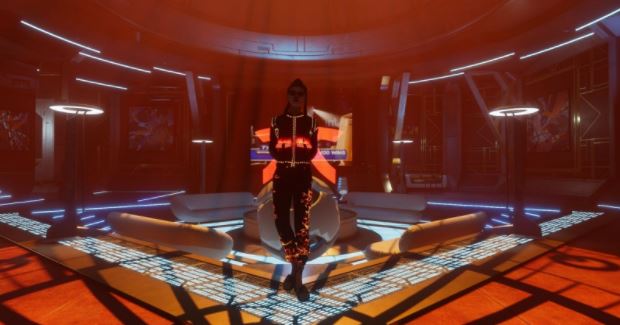
Ultimately, Linden Lab abandoned the idea, choosing to focus on Second Life instead. Sansar was taken over by a San Francisco-based tech company called Wookey Project and transformed into a virtual reality entertainment platform with raves, movie screenings, and other fun activities – but it didn’t become the VR metaverse it was meant to be.
In the meantime, at-home virtual entertainment took a few major steps in the right direction. Oculus became a decent standalone headset at a relatively affordable price, opening up virtual worlds to an ever-growing number of enthusiasts. The number of VR experiences is constantly growing – just think of Valve’s VR exclusive Half-Life: Alyx and Jean-Michel Jarre’s VR concerts held during the first year of the pandemic. While it did not become the next big thing just yet, and we’ve seen many exciting projects turn to ashes, VR refuses to go away. Instead, it grows – slowly, but steadily.
I'm a published author and proud US Army veteran who happens to be a gamer, so I decided to combine the two and love every minute of it! Feel free to contact me with any questions or comments and I'll be sure to get back to you.

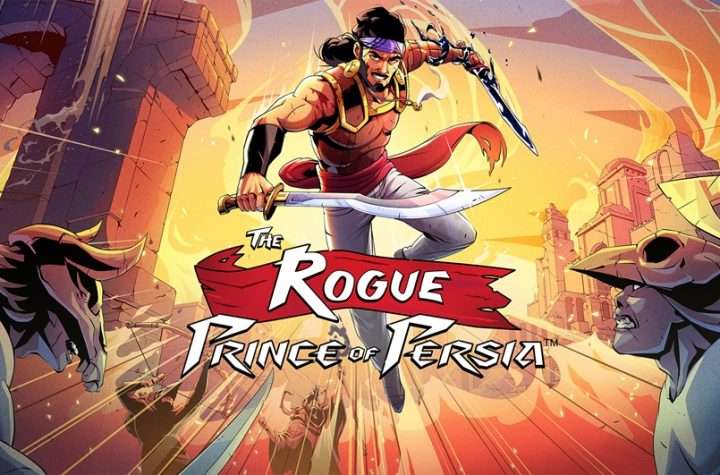

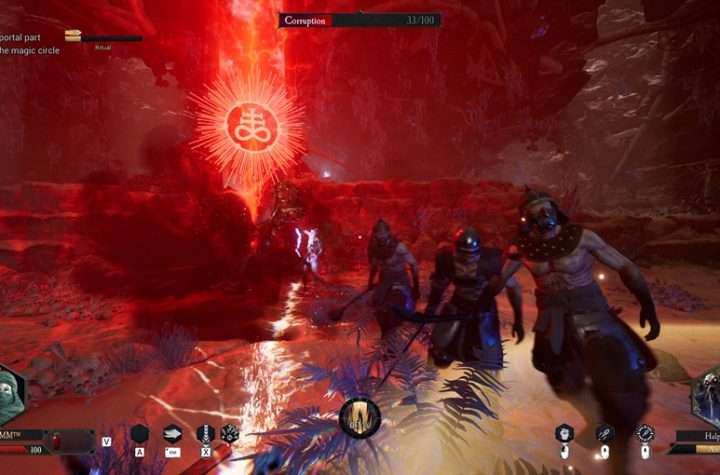
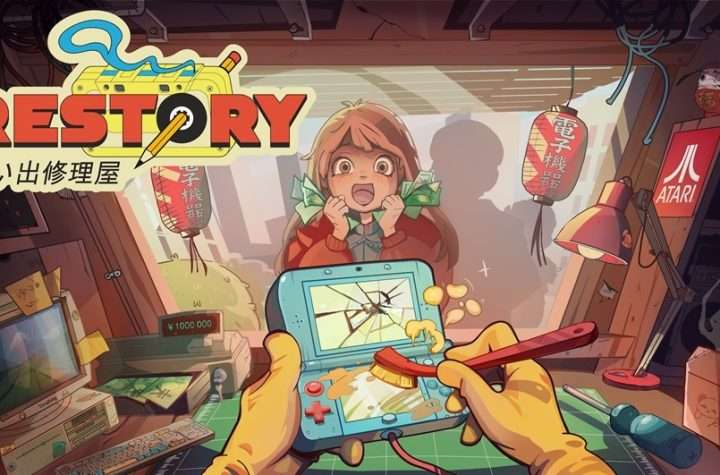
More Stories
Halloween Comes to GORN 2 with Fight of the Living Dead Update
PAX East 2025 Day 1 Impressions: Tunnels VR
Eldramoor: Haven in the Mist Fantasy VR MMORPG Launching Soon on Kickstarter